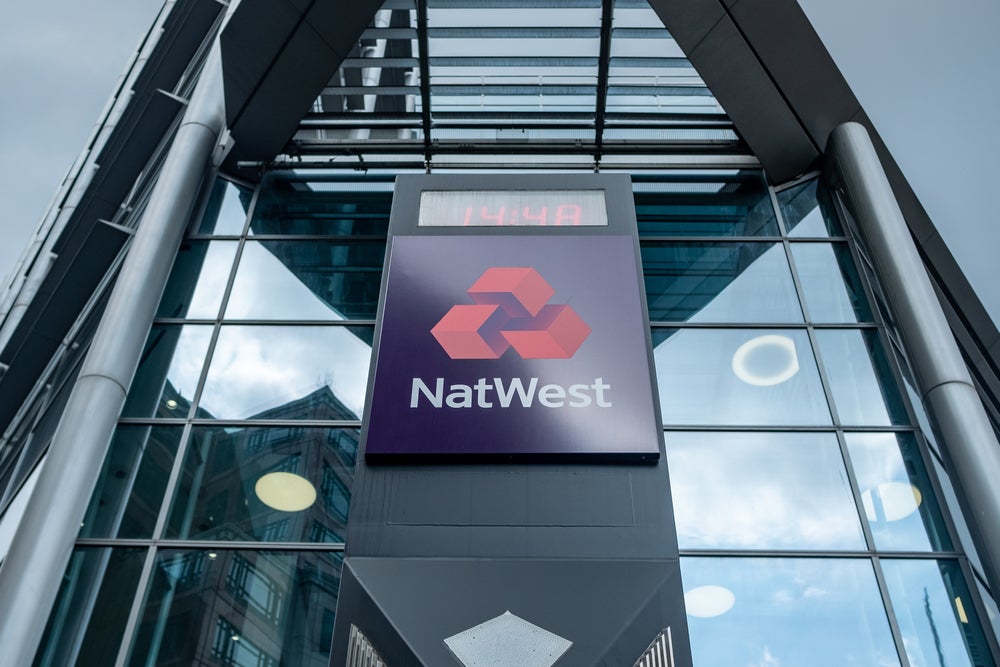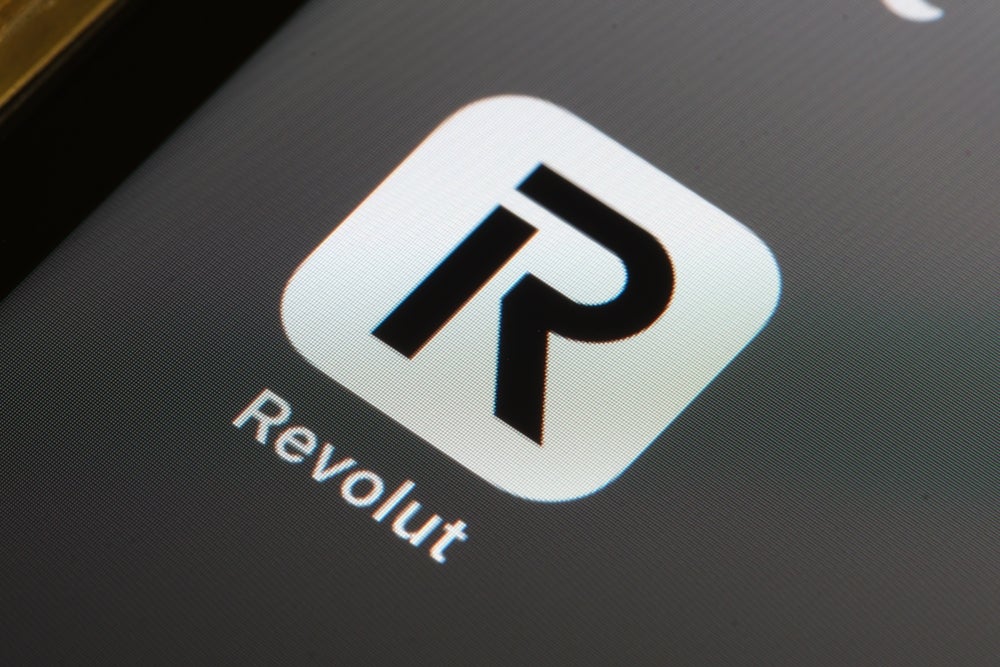US-based insurer MetLife is exploring the
possible sale of its residential mortgage arm, to avoid the
ever-increasing regulatory costs of operating a bank holding
company.
On 21 July, MetLife said that it was looking
to dispose of its banking unit, which offers savings accounts,
certificates of deposit and money market accounts.
At that time, MetLife said it would continue
to offer retail mortgages.
By giving up its bank holding licence, MetLife
will be able to operate on a level regulatory playing field with
rival insurers.
MetLife, the largest life insurer in the US,
set up its retail banking unit in 2001.
After seven years of pedestrian growth –
attracting 90,000 retail savings customers in the process – MetLife
threw itself enthusiastically into the retail banking sector in
2008 with two acquisitions.
How well do you really know your competitors?
Access the most comprehensive Company Profiles on the market, powered by GlobalData. Save hours of research. Gain competitive edge.

Thank you!
Your download email will arrive shortly
Not ready to buy yet? Download a free sample
We are confident about the unique quality of our Company Profiles. However, we want you to make the most beneficial decision for your business, so we offer a free sample that you can download by submitting the below form
By GlobalDataMetLife’s banking unit snapped up
approximately 250 mortgage sales branches as well as the loan
origination and servicing platform of First Horizon National.
Included in the transaction were approximately $380m of total
assets, including servicing rights related to $19bn of first lien
mortgage loans.
MetLife also acquired EverBank Reverse
Mortgage LLC, in an effort to grow its retail mortgages unit.
In the first half of the current fiscal,
MetLife’s market share of US residential mortgages, was around
1.5%.
Operating earnings for MetLife Bank in the
second quarter were $14m, down 79% from $67m in the year-ago
quarter, reflecting higher expenses as well as lower mortgage
origination and refinancing.
At 30 June, total assets at MetLife’s banking
unit were $16.5bn, up 13% year-on-year; retail deposits totaled
$10bn.






